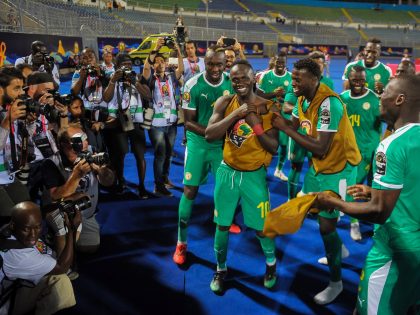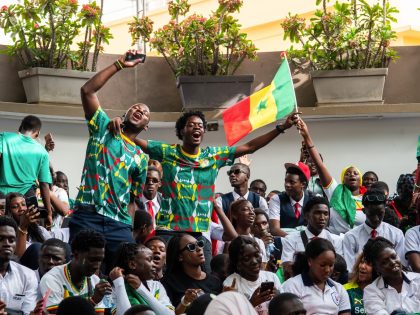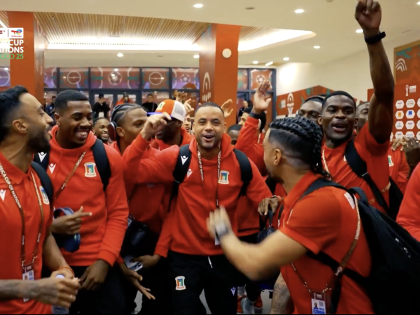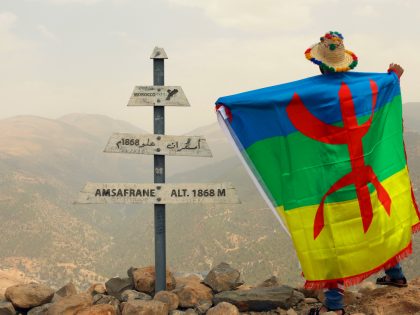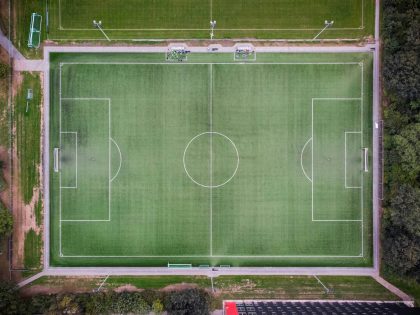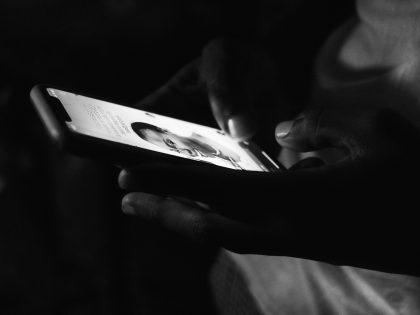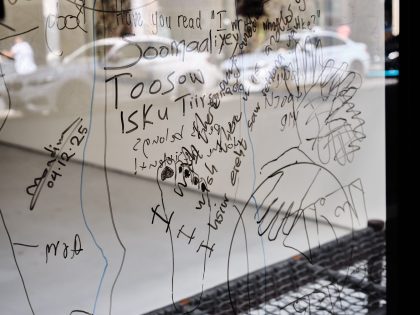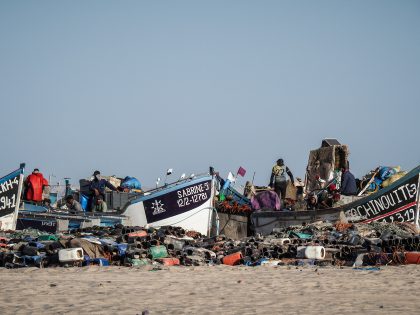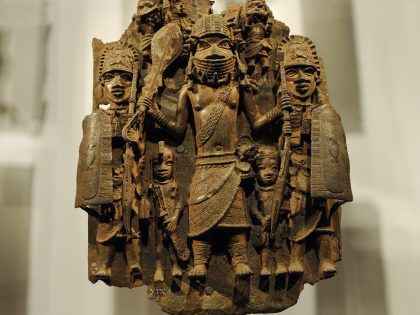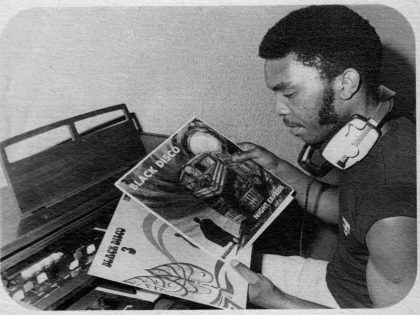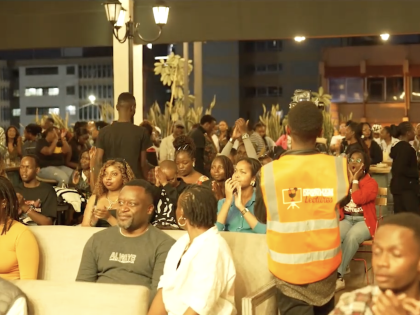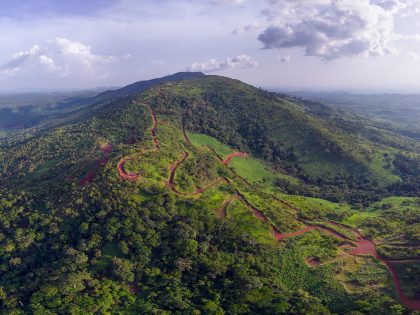It is the time for summer lists
A few of those things we missed, tweeted or could not get to this past week.

From Phyllis Galembo's photographs of West African masquerades.
The magazine, “New African,” based in the London has an odd mix of politics (Robert Mugabe can count on them for good press). They have a list of “The 100 Most Influential People in Africa.”
Speaking of lists, “Foreign Policy Magazine,” they can make a list out of anything–has one of “The Foreign Policy Twitterati.” There’s a category for Africa too. They say you should follow are the U.S. Embassy in South Africa (@USEmbPretoria), reporter Scott Baldauf of The Christian Science Monitor (@baldaufji), former New Times reporter Howard French (@hofrench), and former “Independent” journalist Ian Birrell (@ianbirrell).
A lot of people (mainly Africans living in the West) don’t like the focus of this short documentary film, “Street Life in Lagos” on life for the poor majority in Lagos shown on Al Jazeera English’s “Witness” program, but I found its worth a look.
The Human Rights Watch Film Festival in New York City is still on till June 30th (check out Life After All, which I’ll review next week).
Watch the video and read about (and support) this film project by Penn professor Tukufu Zuberi, and his co-producer Julie Dash, “Africa and the World.” He wears cool hats.
Remember Beyonce’s video declaring war on patriarchy (we can dream) where she references the hyena men in the photographs of Pieter Hugo, the South African? Well, he does not like or even care for it. Instead, he prefers Nick Cave’s use of references from his images.
I missed this: but 26 governments in Southern and East Africa want to “… set timetables for allowing people and goods to move freely from Egypt down to South Africa and from Angola across to Madagascar.” It’s about time: “The World Bank says trade among countries in sub-Saharan Africa accounts for just 10 percent of total trade, compared to 60 percent within Europe, 40 percent within North America and 30 percent within Asia.” Read The Washington Post.
It took me a minute to work my way through the New York Times front page profile of Dominique Strauss-Kahn’s accuser, “From African Village to Center of Ordeal.” Just the title. I’d recommend this takedown of that piece of journalism by the U.S. blog, Jezebel.
Finally, there’s photographer and professor Phyllis Galembo’s images of masquerades from West Africa. Photography blog Featureshoot has a selection of her “bizarre portraits” up, including the one at the top of this post.
